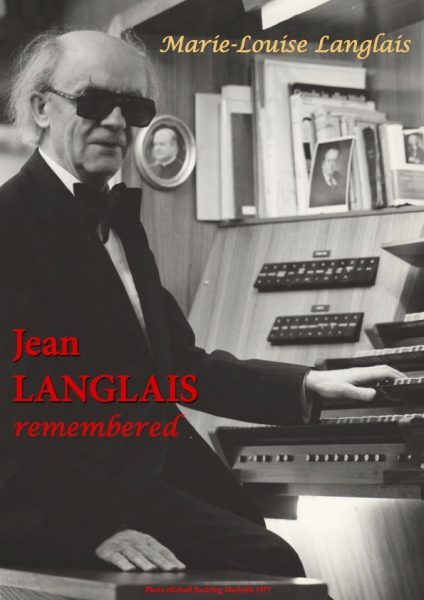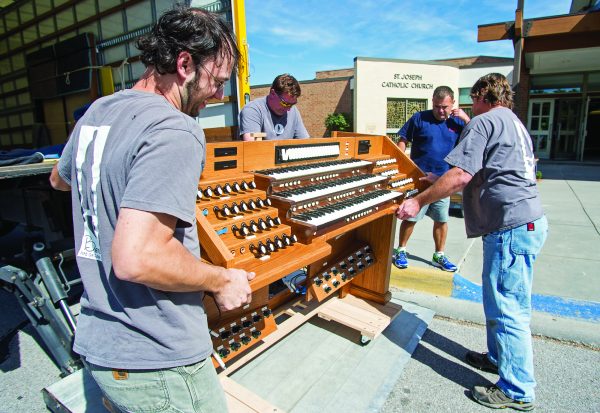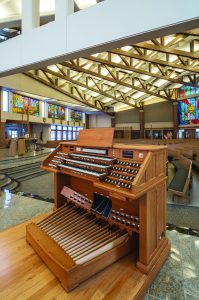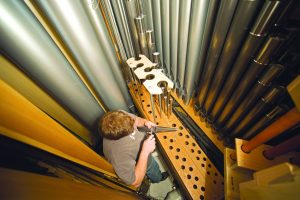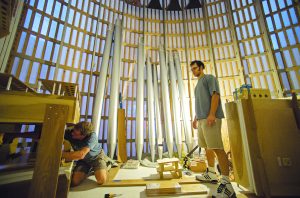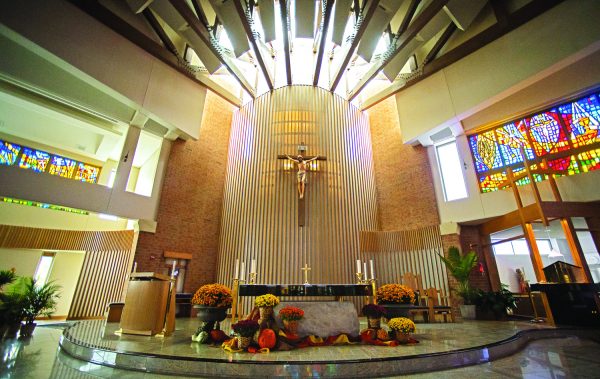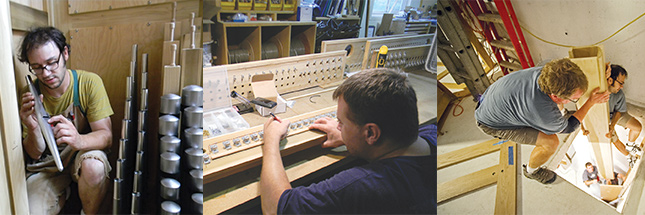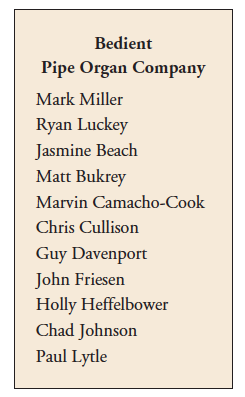Here are the results of the AGO 2016 elections. New officers will be installed during the AGO National Convention in Houston, June 19-23.
Officers and National Councillors:
Vice-President/Councillor for Competitions and New Music:
Secretary/Councillor for Communications:
Treasurer/Councillor for Finance and Development:
Councillor for Conventions:
Councillor for Education:
Councillor for Membership:
Michael Bedford
Eileen J. Hunt
Mary Stutz
Barbara Adler
Michael Velting
Don Cook
David K. Lamb
